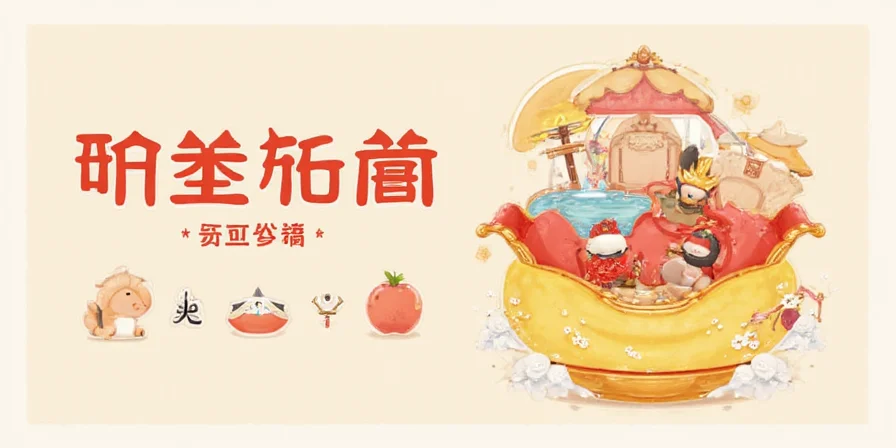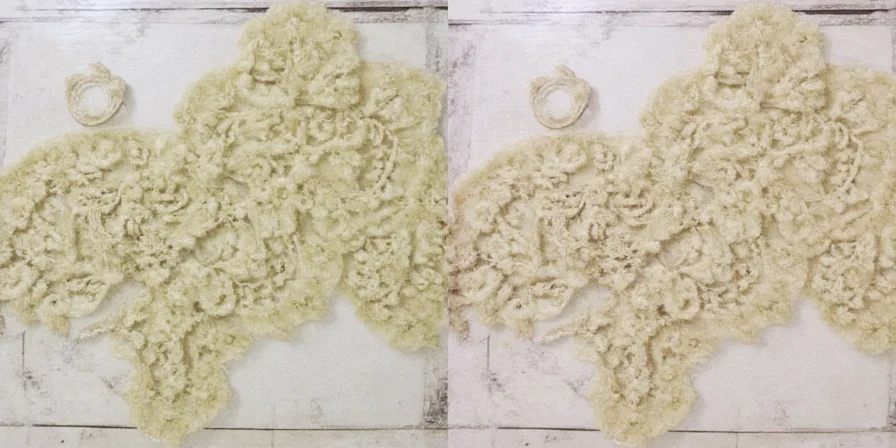When searching for uses of salt, you likely want practical, immediate applications—not just theory. Salt serves over 15 essential functions in daily life, from enhancing flavors to preserving food and even household cleaning. This comprehensive guide delivers exactly what you need: a clear breakdown of salt's top practical uses with science-backed methods you can implement today. Discover how to use salt effectively for cooking, preservation, health, and household tasks—backed by culinary science and historical evidence.
Top Salt Uses at a Glance
- Culinary: Flavor enhancement, meat tenderizing, bitterness reduction
- Food Preservation: Brining, curing, extending shelf life
- Household: Odor removal, surface cleaning, ice melting
- Health: Electrolyte balance, topical treatments, nasal rinses

Why Salt's Practical Applications Matter More Than You Think
While many articles discuss salt's chemical properties, practical uses of salt deliver immediate value in your daily routine. Sodium chloride (NaCl) works through three key mechanisms: flavor modulation, moisture control, and microbial inhibition. Understanding these principles transforms how you apply salt across cooking, preservation, and household tasks.
10 Most Useful Salt Applications You Need Today
- Meat Tenderizing: Salt breaks down muscle proteins through denaturation. For best results, apply ½ tsp per pound of meat 45 minutes before cooking.
- Bitterness Reduction: Neutralizes bitter compounds in coffee, greens, and vegetables. Use ⅛ tsp per 8oz coffee or 1% salt solution for vegetables.
- Natural Preservative: Creates osmotic pressure that inhibits bacterial growth. Use 15% salt concentration for effective food preservation.
- Cutting Board Sanitizer: Scrub with coarse salt to remove odors and disinfect—no chemicals needed.
- Perfect Hard-Boiled Eggs: Add 1 tbsp salt to boiling water to prevent cracking and ease peeling.
- Salt-Cured Olives: Transform bitter raw olives into edible treats using a 10% salt brine for 3-4 weeks.
- Homemade Ice Cream: Layer salt around your ice cream maker's container to lower freezing temperature.
- Hand Deodorizer: Rub salt on hands after handling garlic or fish to neutralize odors.
- Fireplace Ash Cleaner: Sprinkle salt on cooled ashes before sweeping to reduce dust.
- Flower Preservative: Add 1 tsp salt to vase water to extend cut flower life by 3-5 days.

Optimal Salt Types for Specific Applications
| Application | Recommended Salt Type | Why It Works Best |
|---|---|---|
| Cooking & Baking | Kosher salt | Larger crystals dissolve evenly; no anti-caking agents |
| Brining Meats | Sea salt | Natural trace minerals enhance flavor development |
| Cleaning Surfaces | Rock salt | Coarse texture provides effective abrasion |
| Electrolyte Replacement | Himalayan pink salt | Contains essential trace minerals for hydration |
When to Avoid Salt: Critical Limitations
Understanding practical salt uses requires knowing when not to use it:
- With canned goods: Most contain 300-500mg sodium per serving—adding more creates excessive saltiness
- For hypertension management: WHO recommends under 2,000mg sodium daily; monitor total intake
- With delicate greens: Salt draws out moisture—add after cooking to maintain texture
- When using soy sauce: Contains 1,000mg sodium per tablespoon—adjust accordingly
- With certain medications: Consult your doctor about sodium restrictions

Quick Salt Hacks for Immediate Results
- Perfect Scrambled Eggs: Add salt 15 minutes before cooking for creamier texture
- Revive Stale Bread: Sprinkle water and salt before toasting for restored freshness
- Peel Tomatoes Easily: Score, boil in salted water 30 seconds, then ice bath
- Prevent Fruit Browning: Soak in 1% salt water (1 tsp per cup) for 3 minutes
- Boost Vegetable Flavor: Salt boiling water at 2% concentration (20g per liter)

Historical Salt Applications That Still Work Today
Ancient civilizations discovered effective uses of salt we still rely on:
- Roman soldiers received salt as partial payment (salary derives from 'sal')
- Ancient Egyptians used salt in mummification processes
- 16th-century African traders used salt bars as currency
- Medieval Europeans preserved meat with salt curing for winter
- Traditional Japanese miso production relies on salt fermentation

Science-Backed Salt Measurement Guide
Using the right amount is critical for optimal results:
- Cooking water: 1-2% concentration (10-20g per liter)
- Brining poultry: 6% solution (60g per liter) for 12-24 hours
- Vegetable preservation: 3-5% brine (30-50g per liter)
- Coffee enhancement: 1/16 tsp per 8oz to reduce bitterness
- Skin exfoliation: Mix 1 part salt to 2 parts carrier oil

Frequently Asked Questions
What are the most practical everyday uses of salt?
The top practical uses include meat tenderizing (apply ½ tsp per pound 45 minutes before cooking), bitterness reduction in coffee (1/16 tsp per cup), natural food preservation (15% salt concentration), cutting board sanitation (scrub with coarse salt), and perfect hard-boiled eggs (1 tbsp in boiling water).
How does salt preserve food without refrigeration?
Salt creates osmotic pressure that draws water from microbial cells through dehydration (plasmolysis). For effective preservation, maintain salt concentrations above 15%. Historical methods like salt-curing meats work because this environment prevents bacterial growth without refrigeration.
Which salt type works best for different applications?
Kosher salt works best for cooking and baking due to even dissolution. Sea salt is ideal for brining meats because its trace minerals enhance flavor. Rock salt's coarse texture makes it perfect for cleaning surfaces. Himalayan pink salt provides essential minerals for electrolyte replacement.
When should I avoid using salt in cooking?
Avoid additional salt when using canned goods (already contain 300-500mg sodium per serving), cooking for hypertension management (WHO recommends under 2,000mg daily), with delicate greens (add after cooking), when using soy sauce (1,000mg per tablespoon), or if taking sodium-restricted medications.












 浙公网安备
33010002000092号
浙公网安备
33010002000092号 浙B2-20120091-4
浙B2-20120091-4